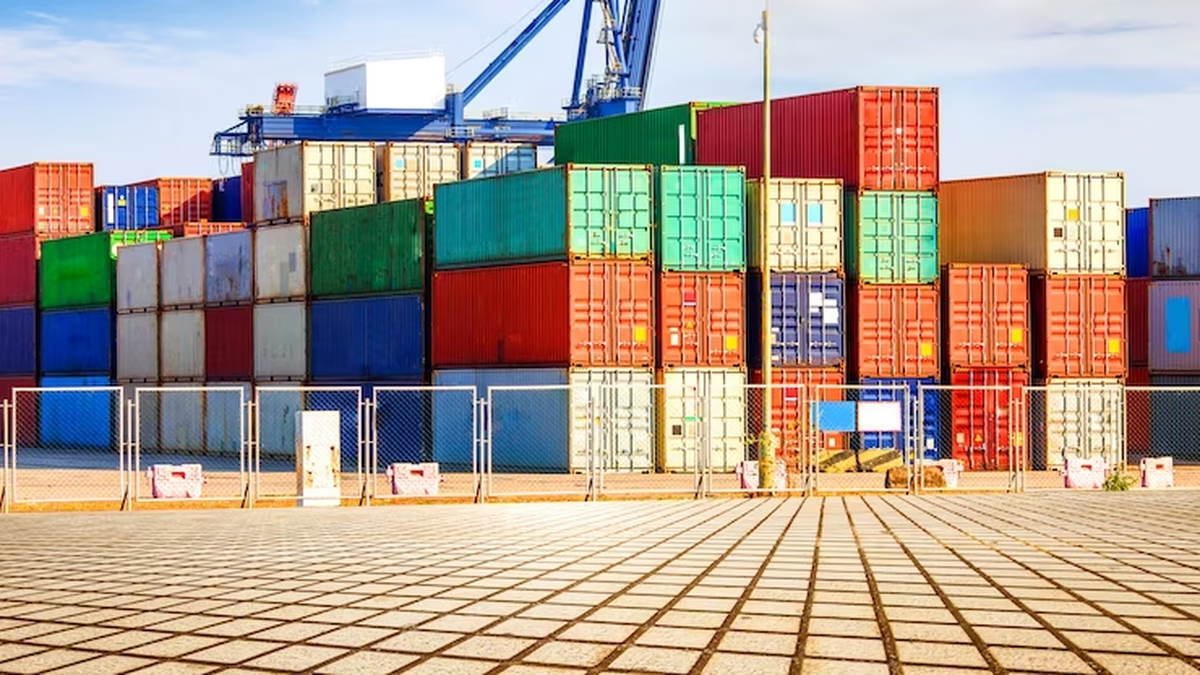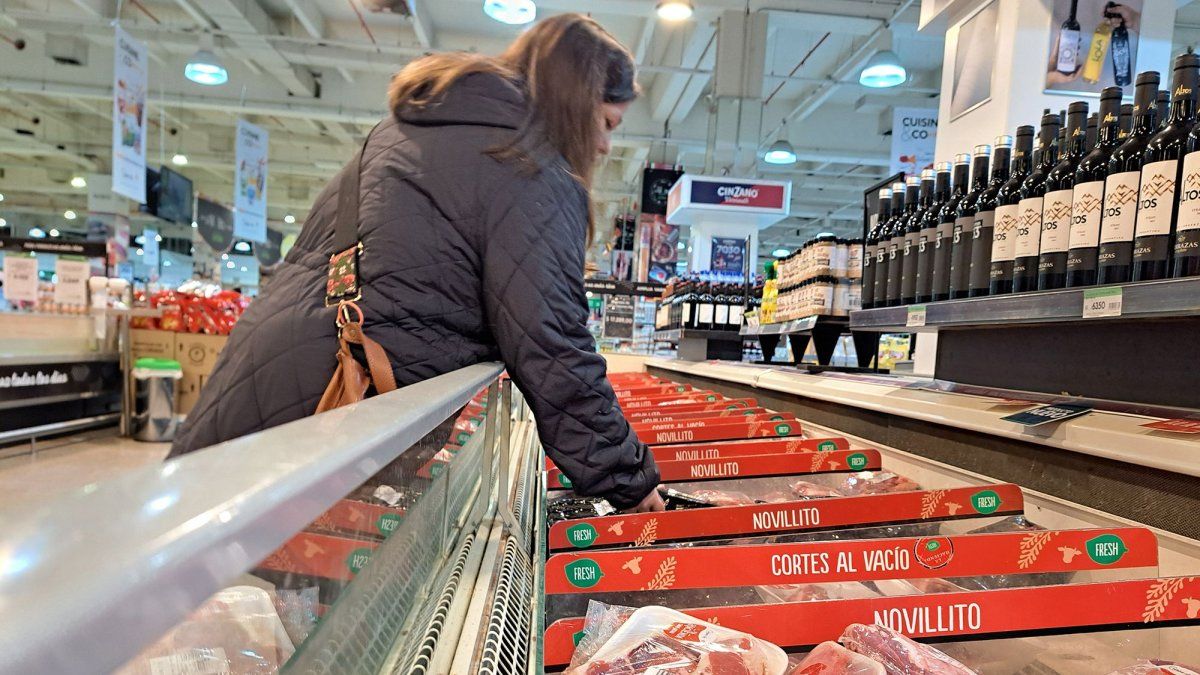The exports of goods from the country to other parts of the world improved by 10% during the first half of the year, compared to the same period in 2023, according to the latest figures from Uruguay XXI. In addition to a bad reference semester due to the negative effect of the drought historically characterized much of last year, what other reasons are behind the improvement in the performance of placements?
“After a very good 2022 in terms of exports, in 2023 the outlook was not favorable: the external demand had a noticeable loosening and the commodity prices underwent a major adjustment. Thus, the exports The goods sector showed monthly declines until September of last year in the interannual comparison, that is, against the same month of the previous year. These declines were very significant and were between 20% and 40% between May and August in particular,” contextualized the economist. Delfina Mattos, of Exanthe, in his column on Radio En Perspectiva.
By the end of last year, a reversal of this scenario began to be seen, leading to a great month like June, with a year-on-year increase of 34%, which also allows us to observe the poor performance of the sixth month of 2023. With this improvement, exports in the first half of the year totaled almost 6.2 billion dollars, some 550 million dollars more compared to the same period last year.
The products that had the greatest impact on this recovery were: cellulose, which was positioned as the main exported good with an increase of 27% and for an amount of 1.160 million dollars; and the soy, that in 2023 had had poor performances and, this year, almost quadrupled its harvest and doubled its placements.
On the other hand, according to Mattos, the meat —Uruguay’s historical main export product— suffered sharp declines last year. “Since the second half of 2023, some improvement has been seen and in fact exported volumes have increased this year compared to last year, but prices have not picked up, those lower prices They determined that the amount of meat exported was practically the same as a year ago in the first half of the year, around 1 billion dollars,” he explained.
In this regard, he clarified that the boost in the first half of the year was mainly due to the improvement in export volumesas international prices were generally lower than those of 2023, with the significant exception of rice, the value of which increased significantly.
What is the projection for 2024?
Asked about what can be expected for the rest of the year, Mattos said that, in terms of volume, “there are still months of growth in cellulose and soybeans.”
“We estimate that the third cellulose plant would reach full capacity by the end of the year, which still means expansion compared to a year ago. In the case of soybeans, the harvest “The delay was delayed, so we are only just beginning to see the rebound in production in the June figures, which should continue to be reflected in the coming months. These will undoubtedly be the biggest positive impacts this year. Specifically, at Exante we estimate an increase of around 20% in the volume of goods exports in 2024.”
But the commodity prices are losing strength in the rebound they experienced in recent months, “and still places prices at values lower than those of a year ago.” “Thus, our projections indicate that measures in dollars will exports of goods would increase by around 10% in 2024 as a whole (and not in the order of 20% as we estimate for the volume),” the economist considered.
However, he pointed out that “that represents more than 16 billion dollars of exports of goods this year, a high amount in a historical perspective”, so it could be expected that the export sector will once again be the engine of the economy this year.
Source: Ambito




